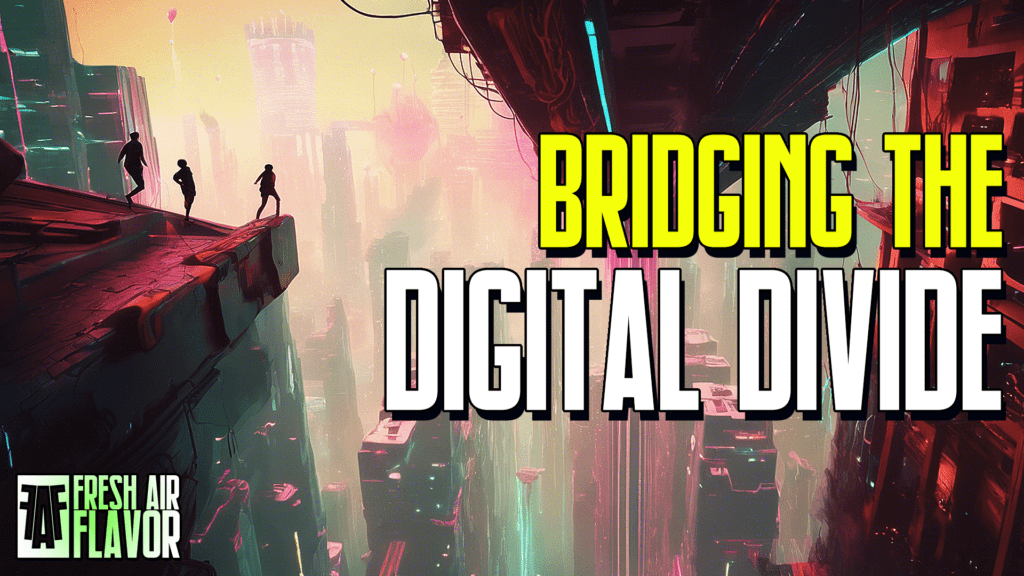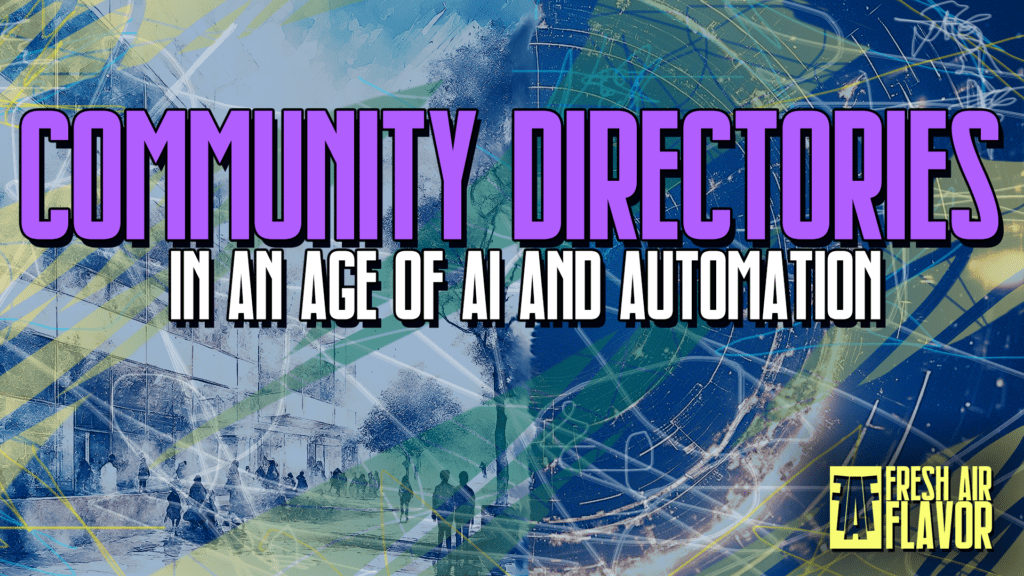In today’s rapidly evolving digital landscape, staying connected and technologically adept is more than a convenience—it’s a necessity.
However, the reality is that not everyone enjoys the same level of access to technology and digital literacy.
This disparity, known as the Digital Divide, creates significant obstacles for disenfranchised communities, small businesses, the elderly, and indeed, across the general U.S. public.
As we navigate these complex challenges, it’s crucial to develop targeted strategies that ensure everyone can participate in and benefit from the digital world.
For Disenfranchised Communities
Community technology hubs could serve as lifelines, providing much-needed access to computers, internet, and digital training. Additionally, partnering with ISPs (internet service providers) to create affordable broadband packages and deploying mobile tech labs can bring the digital realm directly to those who need it most.
For Small Businesses
The digital economy offers unprecedented opportunities for growth and sustainability. By organizing digital skill workshops and offering subsidized software programs, we can equip small businesses with the tools they need to thrive online. Furthermore, online presence assistance can help them tap into broader markets and networks.
For The Elderly
Navigating the digital world can be daunting for many seniors. Implementing tech buddy programs and promoting simplified tech solutions specifically designed for ease of use can enhance digital literacy and confidence among the elderly. Expanding telehealth initiatives ensures they have access to vital healthcare services at their fingertips.
For The General U.S. Public
A nationwide digital literacy campaign can illuminate the importance of digital skills for all, backed by accessible resources and certification programs. Moreover, improving public Wi-Fi infrastructure ensures equitable access to the internet, and advocating for digital inclusion policies can address the root causes of the Digital Divide.
Leveraging Technology for Inclusion
As we endeavor to bridge the Digital Divide, the role of technology itself cannot be understated. From data collection tools that help us understand the scope of the challenge to e-learning platforms that offer scalable solutions for digital literacy, technology is both the medium and the message in our quest for digital inclusion.
The task ahead is formidable, but by tailoring our strategies to address the specific needs of each group while harnessing the power of cross-cutting technologies and collaboration platforms, we can make significant strides towards a more inclusive digital future.




